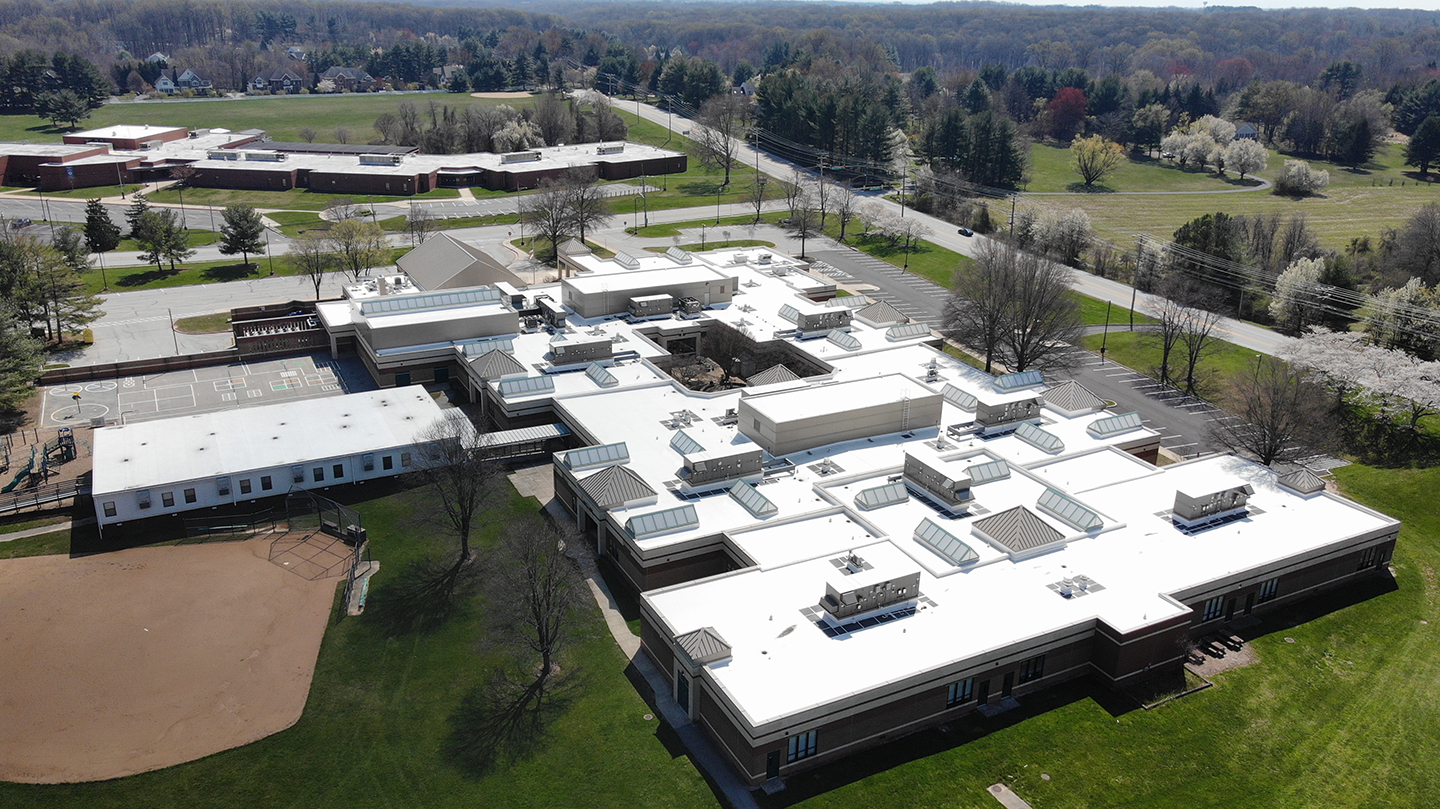
Insulation is a major cost when performing a roof replacement, often exceeding 20% of the overall project cost. The International Building Code (IBC) has set minimum R-value requirements for rooftop insulation in each climate zone. This means that a certain minimum thickness of flat insulation must be provided on every roof replacement project.
In addition to flat insulation, oftentimes tapered insulation is required to provide positive slope to the primary drainage (internal roof drains, scuppers, gutters, etc.). The costs of multiple layers of insulation, adhesives, fasteners, and the labor to install will quickly consume a large portion of the project budget. With such a costly investment, it’s important to maximize the benefits of the roof insulation. Rooftop insulation, when installed correctly, will contribute to increased performance of the building enclosure, allowing your mechanical systems to perform more efficiently as well. In existing buildings, there are conditions that are often overlooked when performing a roof replacement that can reduce the efficiency of the rooftop insulation. These include unsealed edges and soffits and uninsulated rising walls and mansards, to name a few. The presenter will discuss how performing a more in-depth evaluation of assemblies related to or adjacent to the roof and providing design for improving the thermal efficiency of these conditions will assist in maximizing the positive effects of code-compliant rooftop insulation. Case studies will also be presented.
